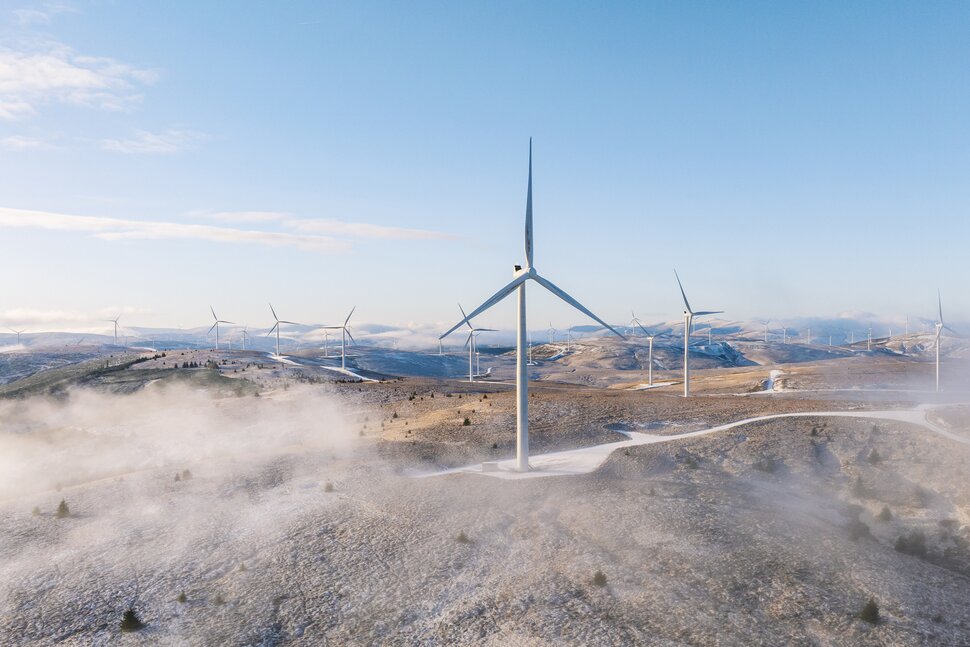Northeastern and Mountain states are highly energy efficient, while Appalachia and the South consume more energy, according to a new WalletHub survey.
According to the U.S. Department of Energy, the typical American household spends at least $2,000 a year on home utilities. Experts further estimate that space heating and water heating respectively account for 45% and 18% of the average American family’s annual utility bill. And based on 2017 data compiled by the U.S. Energy Information Administration, the United States has been spending upward of $1 trillion per year on energy since the mid-2000s.
With more families staying home during the pandemic and driving up energy costs, consumers nationwide could welcome cost-cutting measures.
According to a new WalletHub report, Utah, New York and Massachusetts are the three most energy efficient of the contiguous states. Meanwhile, states in the South and Appalachia – Tennessee, West Virginia, and South Carolina – came out as the least energy-efficient states in the survey.
Analysts based these rankings on metrics that gauged home and auto energy efficiency. Figures for home efficiency were determined by calculating a ratio of total energy consumption in a state to its annual degree days – a measure of how much the state’s mean daily temperature is greater or less than 65 degrees.
To determine auto energy efficiency, researchers divided the annual vehicle miles driven in a state by the gallons of gasoline consumed there for a measure of vehicle fuel efficiency. They also factored in annual vehicle miles driven per capita for a sense of overall transportation efficiency.
States were allotted a maximum of 50 points for each home and auto energy efficiency and then ranked by total points based on their proximity to the maximum 100 points. First-place Utah received a combined score of 81.5 points, for example, while at the bottom of the list, South Carolina received 20.7 points.
The survey used data from federal sources including the U.S. Census Bureau, National Climatic Data Center, the Energy Information Administration, U.S. Department of Transportation – Federal Highway Administration and the Insurance Institute for Highway Safety to calculate their energy-efficiency measures.
Generally, states in the northeast and Rocky Mountain regions appeared in the top spots for energy efficiency. All states in the bottom 10 places are located either in the South or Appalachia, except for Oklahoma.
Here are the 10 most energy efficient states, according to WalletHub’s survey:
1. Utah
2. New York
3. Massachusetts
4. Minnesota
5. Rhode Island
6. Vermont
7. Colorado
8. Oregon
9. California
10. Wisconsin
Here are the 10 least energy-efficient states:
48. South Carolina
47. West Virginia
46. Tennessee
45. Louisiana
44. Alabama
43. Mississippi
42. Arkansas
41. Kentucky
40. Georgia
39. Oklahoma
While the report itself didn’t indicate any specific policy factors leading to states’ favorable or poor energy efficiency performance, John Hofmeister from Arizona State University’s School of Sustainability told WalletHub that, “altitude and exposures to nature where you live help to determine what is best for efficiency.”
He suggested that residential building materials be tailored to the specific climate where families intend to live. “From white roofs to radiant barriers and additional R factors for insulation in attics make for good long term returns on investment, especially in hot climates in low altitude locations or cold winter locations,” Hofmeister said. “Exterior wall insulation and quality double pane windows are good investments.”


